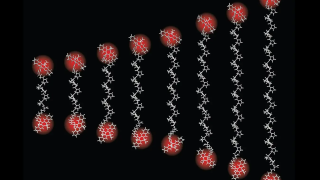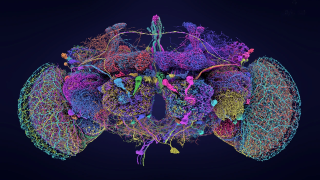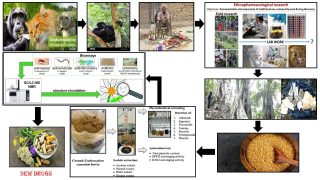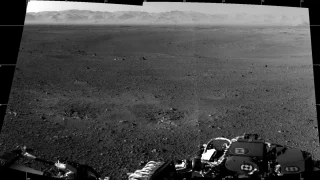
MI weekly selection #575
Jupiter’s Great Red Spot oscillates in time-lapse images Jupiter’s Great Red Spot squeezes in and out as its movement speeds and slows, surprising scientists with its oscillating size. The paper puts together time-lapse footage of three months of observations from NASA’s Hubble Space Telescope, and the insights could provide cosmic context for Earth’s hurricanes. Full […]








